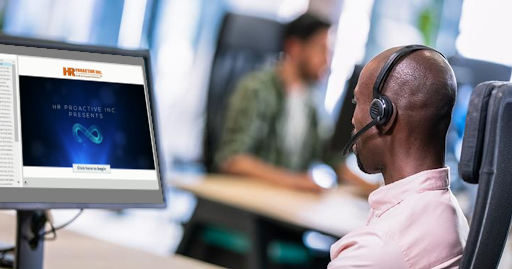Tips on Conducting a Harassment Investigation

The Investigation
Issues/Facts/Evidence Model
- Issues are the questions you have about the complaint (allegation, particulars)
- Facts are what you must investigate and prove
- Evidence is how you find and prove or disprove the facts.
Interviewing Witnesses
- Investigation Planning: Issue identification, witnesses, parties
- Preparation: Review of any information, case law, similar fact situations
- Interview Setting: Best time, location (atmosphere and privacy), special needs
- Control of Interview: Power imbalances, comfort levels, psychological impact
Interviewing Techniques
Introduction: Your authority to act, note location, date, time of interview and make note of all who attended, also if in person or done by telephone.
Interview Style: “Run-on” or verbatim vs. “Q&A” format: pros and cons, open-ended vs. closed questions (avoid interruptions and leading the witness).
Determine if any coaching, collusion has taken place. (goes to “weighting” of evidence.)
Watch your own language used and how you characterize events and issues. Do not indicate or show approval, disapproval, use plain language.
Start with easier questions, issues (helps to establish rapport) and use active listening techniques (paraphrasing, asking to repeat, probing).
Closing out the interview: opportunity to review, correct and sign notes, provide copy of statement, advise what will happen next. Leave the door open for further contact.
Conducting a Second Interview and when.
Retention of Evidence: How it came into your possession, when it came into your possession, from whom, original, keeping an investigation file.
Documenting How To’s
- Use a Pen (preferably black)
- Write clearly (recording, use of video, note taker)
- Contemporaneous
- Put an identifier on all papers, documents and physical evidence, avoid gaps in notes.
- Record/use actual words, language of witness (no matter how graphic).
- Get parties to initial any corrections and sign (or initial) and date each page of statement.
- If a party declines to review, sign or date, make a note for the record.
- Your own notes pertaining to the interview or investigation: be brief, clear, neutral/objective and professional – avoid subjectivity and inappropriate language.
- Maintain consistency: Dating, signing, ensuring accuracy, noting time, location, parties attending, length of interview, parties advised of process, your authority to interview, right to representation, file identifiers, page numbering (e.g., page 1 of 6, etc.).
Call or email us today to discuss your workplace Harassment and Violence Prevention Training needs.

Live Private Virtual Training for Teams

Bill C-65 Workplace Investigations

One-On-One Sensitivity Training
We Can Help!
HR Proactive Inc. has been investigating harassment and violence complaints and conducting training for decades. We have developed a wide range of resources to meet the employer’s due diligence in the area of creating and maintaining a respectful workplace. Our Respectful Workplace eLearning module can be purchased off-the-shelf and customized with client Brand/Logo and Policy. The Bill C-65 Harassment and Violence eLearning SCORM file can be uploaded to your organization’s Learning Management Centre.

